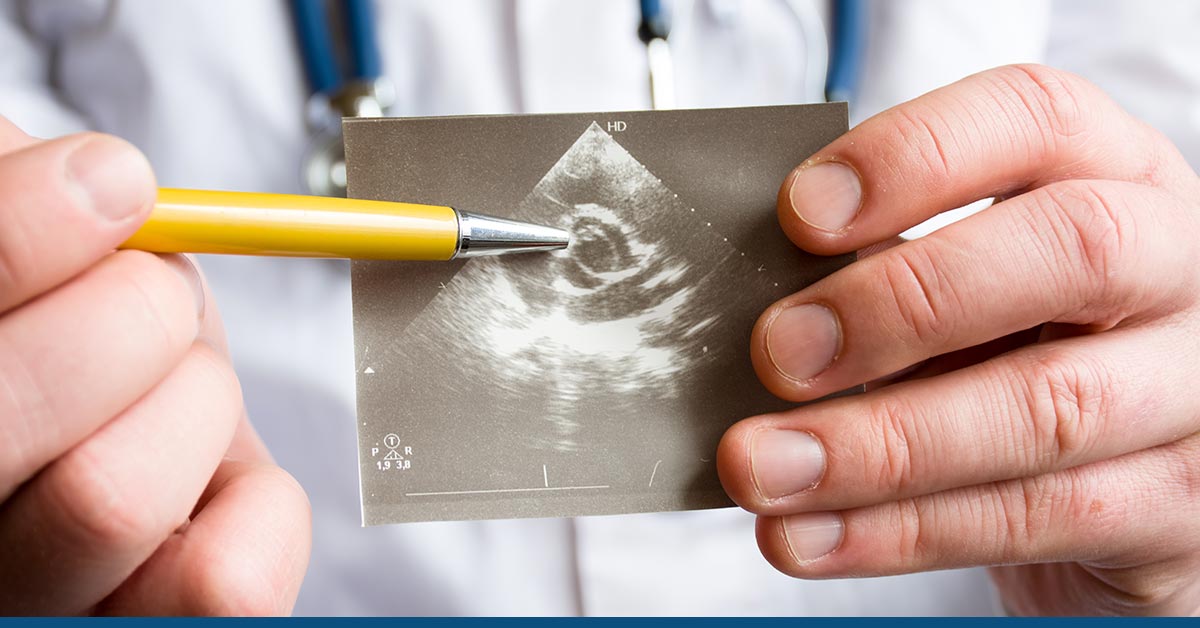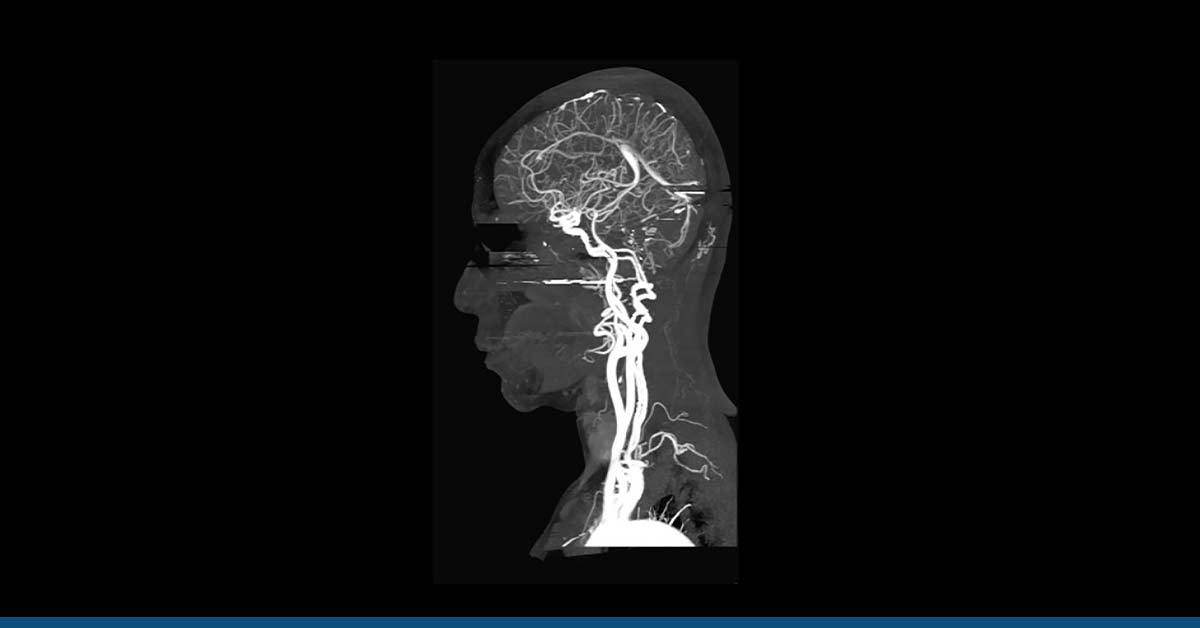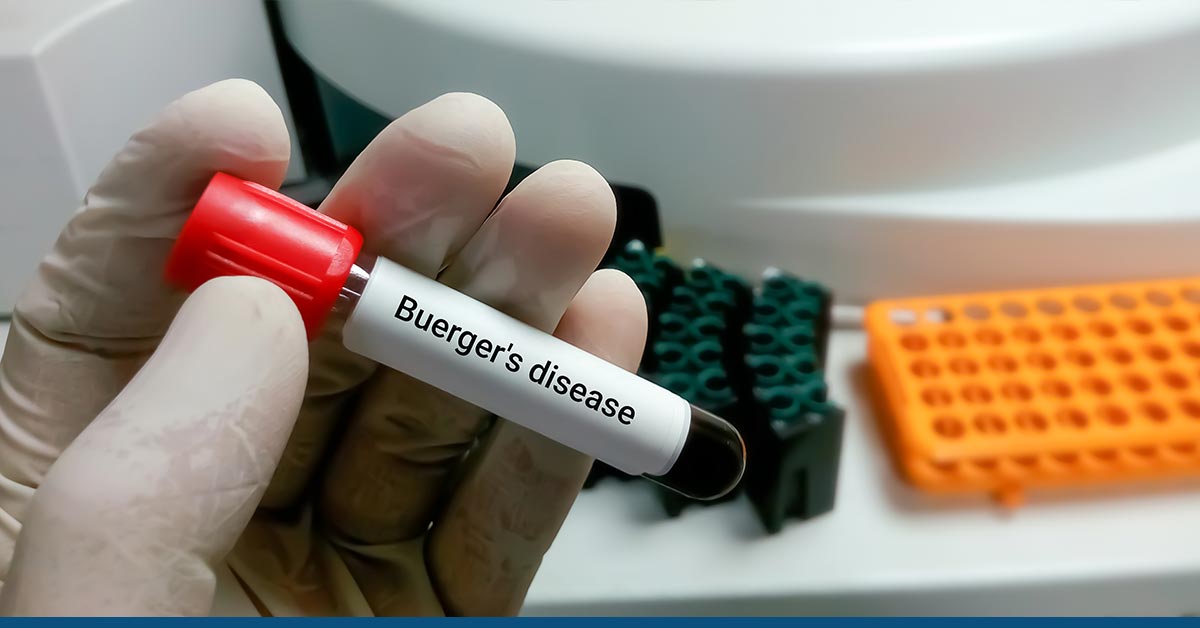Table of Contents
ToggleIntroduction
Gallstones are hardened bile deposits in the gallbladder. Gallstones affect 10 to 15% of the US population.
The gallbladder stores and releases the fluid bile produced by the liver. Bile acids in digestion. Bile transports wastes such as cholesterol and bilirubin, which are byproducts of red blood cell breakdown. There is a possibility that they could cause gallstones.
Gallstones can range in size from a golf ball to a grain of sand. Gallstones can also be extremely painful. The individual remains unaware of the presence of gallstones until they obstruct a bile duct and cause discomfort. You will require immediate care in this case.
Gallstones can also alter liver enzyme levels, including AST and ALT. This article intends to answer the most commonly asked question, i.e., can gallstones cause high AST and ALT levels? Let’s learn about the elevated ALT and AST levels in gallbladder diseased conditions.
Can Gallstones Cause High AST And ALT Levels?
Gallstones are formed either when the gallbladder cannot empty its contents or when the components of the bile are not in a state of equilibrium. Bile is a fluid produced by the liver and stored in the gallbladder, making it easier for the body to digest fats and other foods. Bile is released into the common bile duct when you eat foods high in cholesterol or fat. Cholesterol, bilirubin, bile salts, and other substances can be found in bile. An excessive amount of cholesterol is the primary reason why gallstones form. If the gallbladder is not emptied fully or regularly enough, gallstones may develop in the gallbladder.
Gallstones do not increase ALT or AST levels under normal settings, which is uncomplicated gallstone disease. The stones can migrate into the bile ducts and obstruct the common bile duct, increasing the levels of ALT and AST in the blood.
Acute cholecystitis, a potential complication of gallstones, can lead to elevated levels of ALT and AST in the blood. They can elevate ALT and AST levels if gallstones are in an inappropriate position, such as in the intrahepatic ducts.
Elevated ALT and AST
Asymptomatic and Uncomplicated Gallstone Disease
Uncomplicated gallstones are categorized into asymptomatic and symptomatic based on the absence and presence of symptoms. Asymptomatic gallstones, called cholecystolithiasis, are gallstones that do not exhibit symptoms. Symptomatic gallstones, also called uncomplicated gallstone disease, exhibit biliary colic inside the gallstone without complications.
The presence of complications characterizes complicated gallstone disease. These complications include:
- Acute cholecystitis: It is the gallbladder inflammation that occurs due to an obstruction in the gallbladder neck.
- Choledocholithiasis or Cholangitis: It is the condition in which the gallstones enter the bile duct from the gallbladder’s opening. It results in obstruction and infection of the bile called Cholangitis.
- Mirrizi Syndrome: It is a complicated condition characterized by compression of the hepatic duct. The compression of the cystic duct leads to an obstruction of the bile’s flow from the liver.
Uncomplicated and asymptomatic gallstone disease cannot cause high AST and ALT levels. The elevated ALT and AST levels in these conditions are indicative of:
- Associated liver disease: Liver abnormalities or intrinsic liver disease also cause elevated ALT and AST levels.
- Complicated gallstone disease development: Diseases include Mirizzi syndrome, cholecystitis, and choledocholithiasis.
Gallstones that do not cause pain and gallstone disease that is not overly complicated do not raise ALT and AST levels in the blood. If your AST and ALT levels were elevated, you had a difficult-to-treat form of gallstone disease or a condition such as fatty liver or chronic viral hepatitis.
If you have gallstones and elevated levels of ALT and AST, you need to make an immediate appointment with your primary care physician.
Elevated ALT and AST with Acute Cholecystitis
Acute cholecystitis is a syndrome characterized by fever, elevated white blood cells, and pain in the right upper quadrant of the abdomen. It results because of the gallbladder opening obstruction. The syndrome is also accompanied by inflammation as a result of blockage. It is one of the most common gallstone complications, leading to elevated AST and ALT levels. It is a serious condition that urgently requires medical help.
Cholangitis and Biliary Obstruction with Increased Enzyme Levels
There are two groups of symptoms associated with Cholangitis. These are:
- Symptoms similar to acute cholecystitis
- Symptoms similar to flow obstruction
Besides elevated AST and ALT levels, other symptoms include:
- Constant and severe abdominal pain
- Dark urine
- Jaundice
- Fever
Diagnosis and Treatment
If your primary care physician suspects gallstones cause your symptoms, they examine your abdomen to determine whether your liver or gallbladder is inflamed or uncomfortable. The most common test performed by the primary care physician is a blood test. The test aims to detect indicators of infection or inflammation. Additionally, liver function tests (LFTs) will be performed on the blood. These tests aim to detect inflammation, blocked bile ducts, and liver damage.
If your liver is inflamed or the tubes that take bile away from your liver become clogged, the chemicals discharged into your bloodstream may be altered. The levels of AST and ALT are frequently elevated when gallstones are suspected.
Suppose your primary care physician suspects that you have an abnormal result or a strong clinical history, such as a family history of gallstones, a history of gallbladder surgery, or risk factors for gallstones. In such a case, the physician will refer you for additional testing, such as an ultrasound scan, to confirm the diagnosis.
Most persons with gallstones have no symptoms and therefore do not require treatment. If you experience stomach pain lasting longer than five hours or any other symptoms, you will probably require surgery to remove the gallbladder and gallstones. The most prevalent type of surgery is laparoscopic cholecystectomy, which is minimally invasive.
If a person with gallstones cannot undergo surgery, nonsurgical treatments can be used to disintegrate the stones. These include medication and electrohydraulic shock wave lithotripsy (ESWL).
See Also: Can Kidney Stones Kill You? Symptoms, Types & Treatment
Conclusion
Gallstones are deposits that develop in the gallbladder. Typically, they occupy the entire gallbladder and resemble pebbles or small stones. Gallstones are a common health issue that develops when the gallbladder cannot expel fluid.
Gallstones can cause high AST and ALT levels in severe cases like cholecystitis. Due to the rapid onset of inflammation in acute cholecystitis, liver enzyme levels are likely to be abnormal. It is because acute cholecystitis affects the gallbladder for a shorter duration than chronic gallbladder inflammation.
If a person has cholecystitis or a bile duct obstruction, their ALT and AST levels may be elevated.
An inflammatory reaction is triggered immediately if a stone becomes lodged in the cystic duct and continues to obstruct it. Bile stasis increases the release of liver enzymes such as ALP, AST, and ALT, as well as the serum bilirubin concentration.
You should consult the physician if you notice any symptoms or have elevated ALT and AST levels. HG Analytics specializes in diagnosing gallstones with a patient-centered, coordinated care philosophy. Contact us to learn more about gallstones or gallbladder issues.






